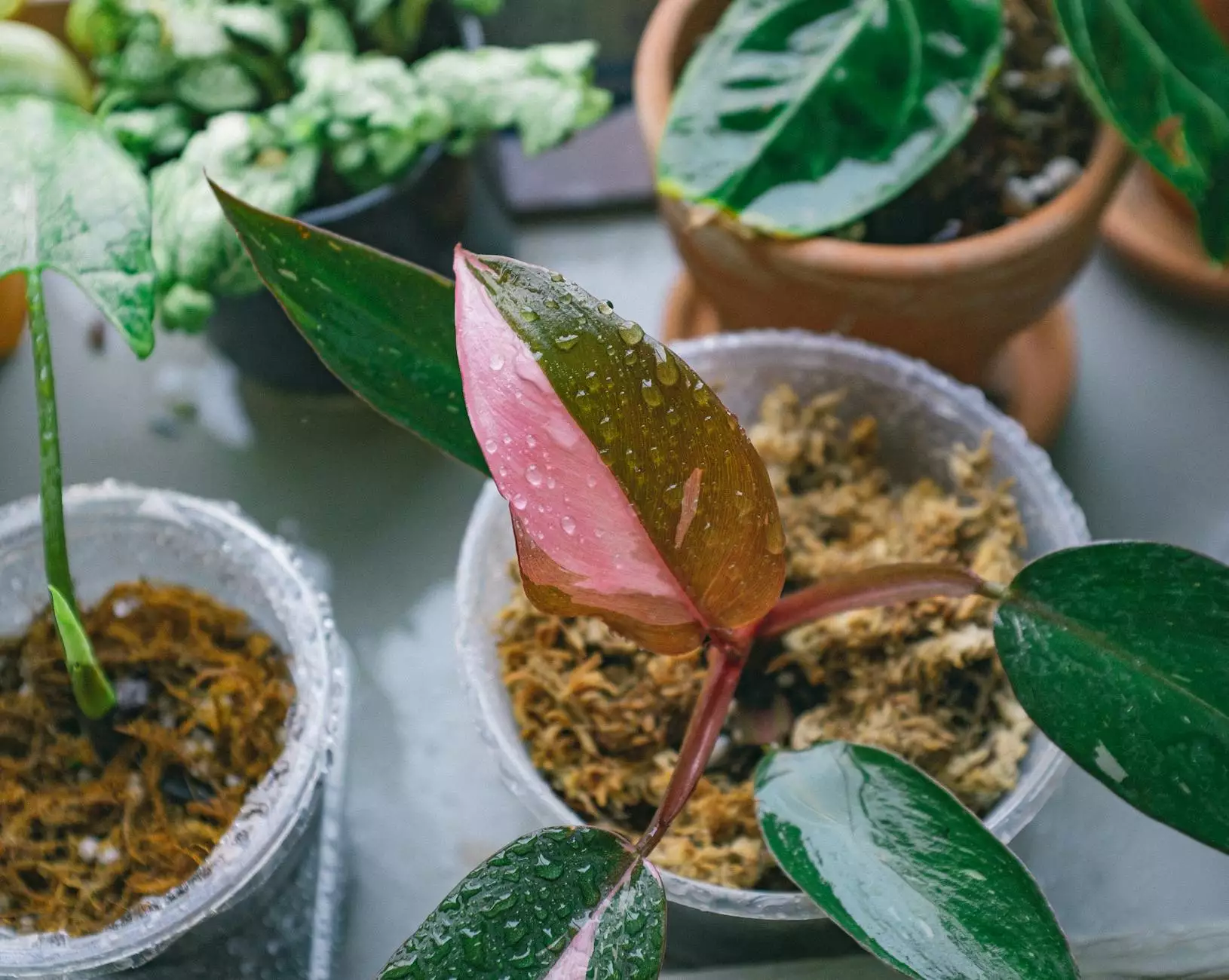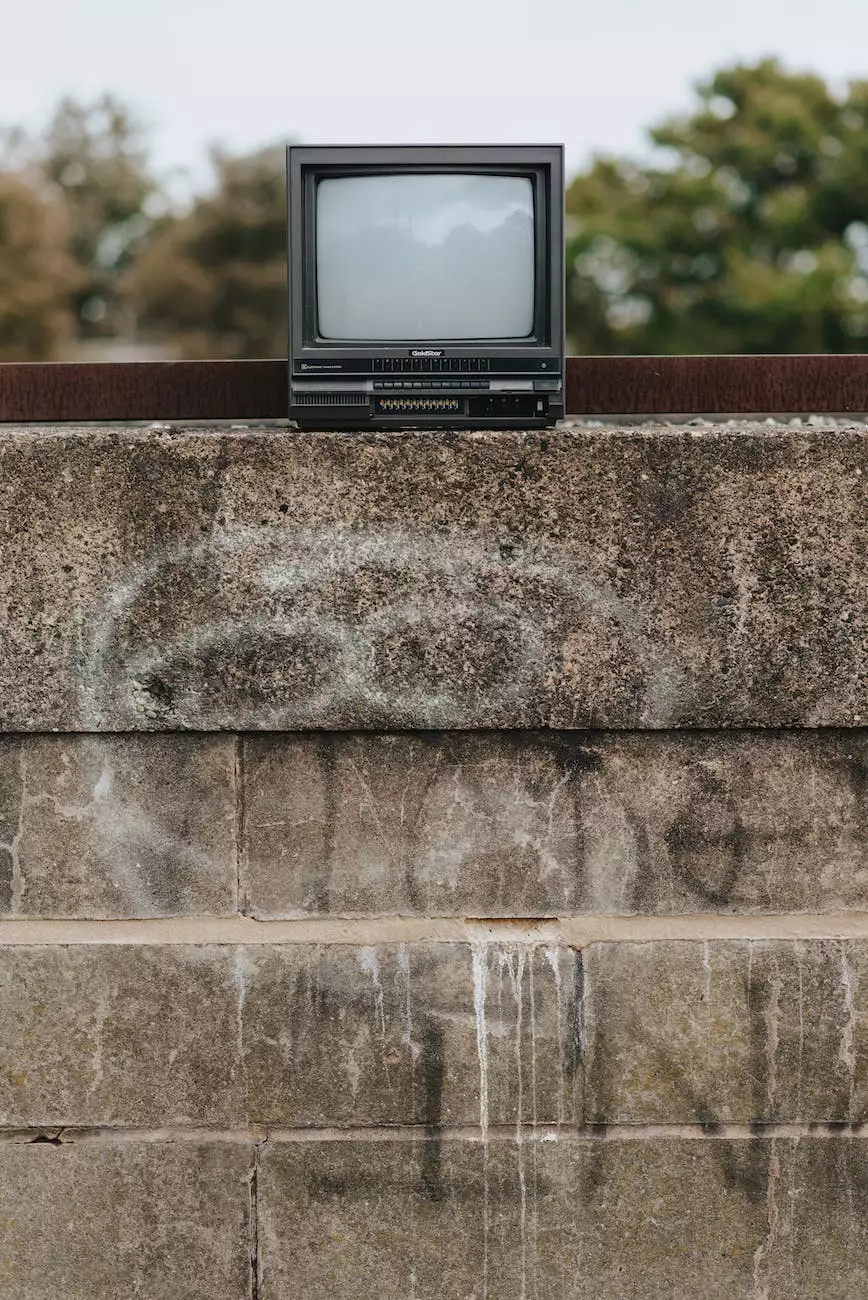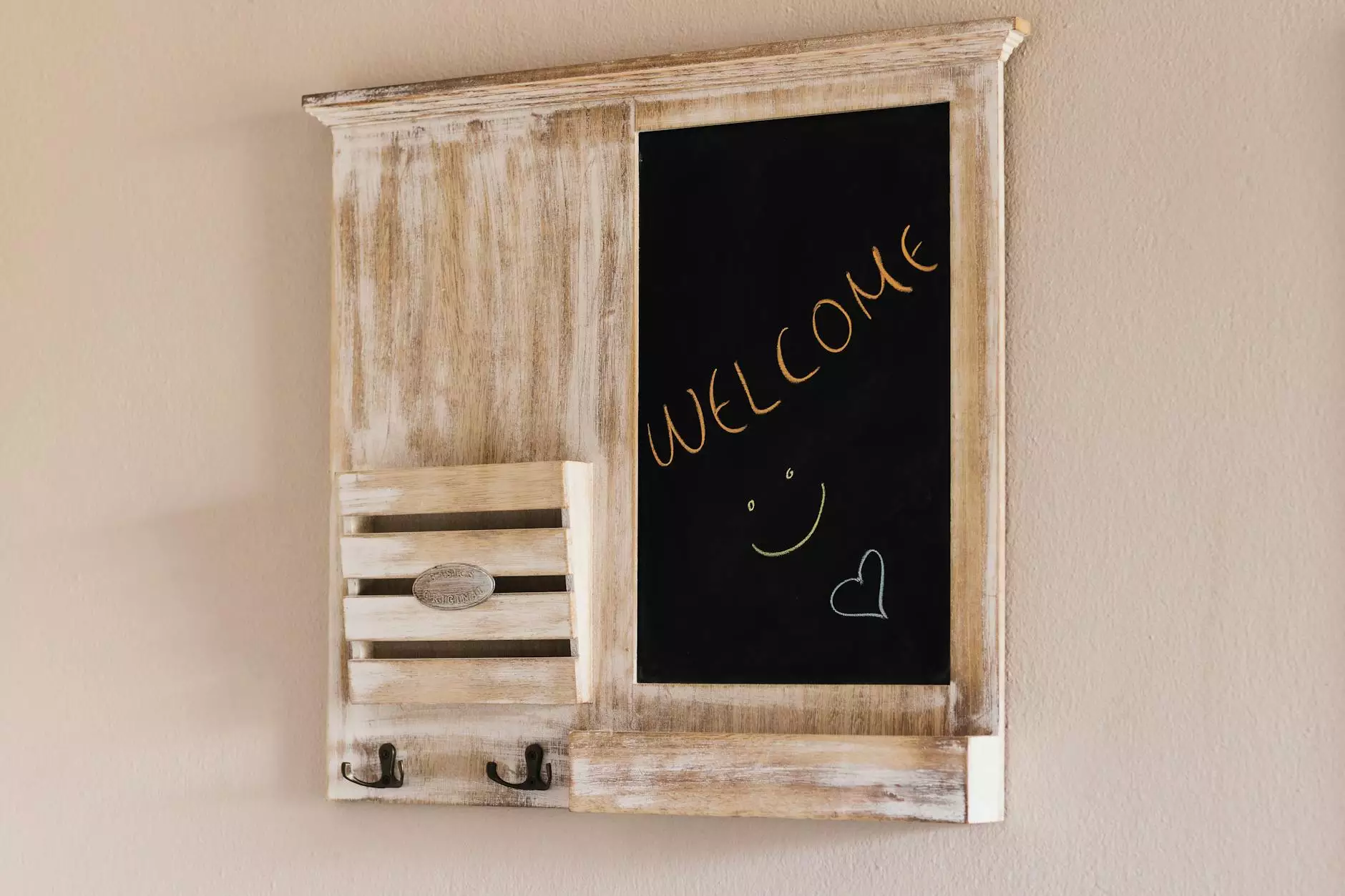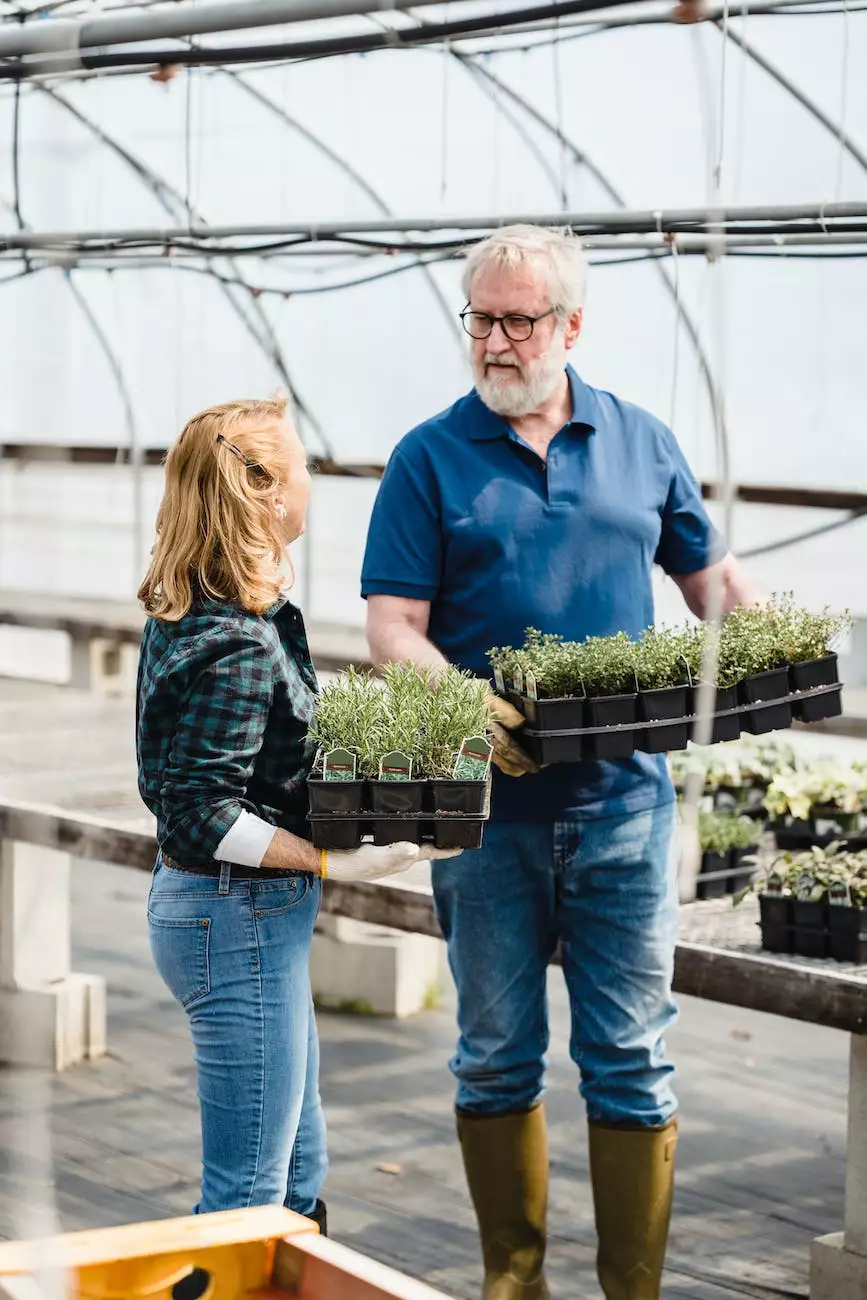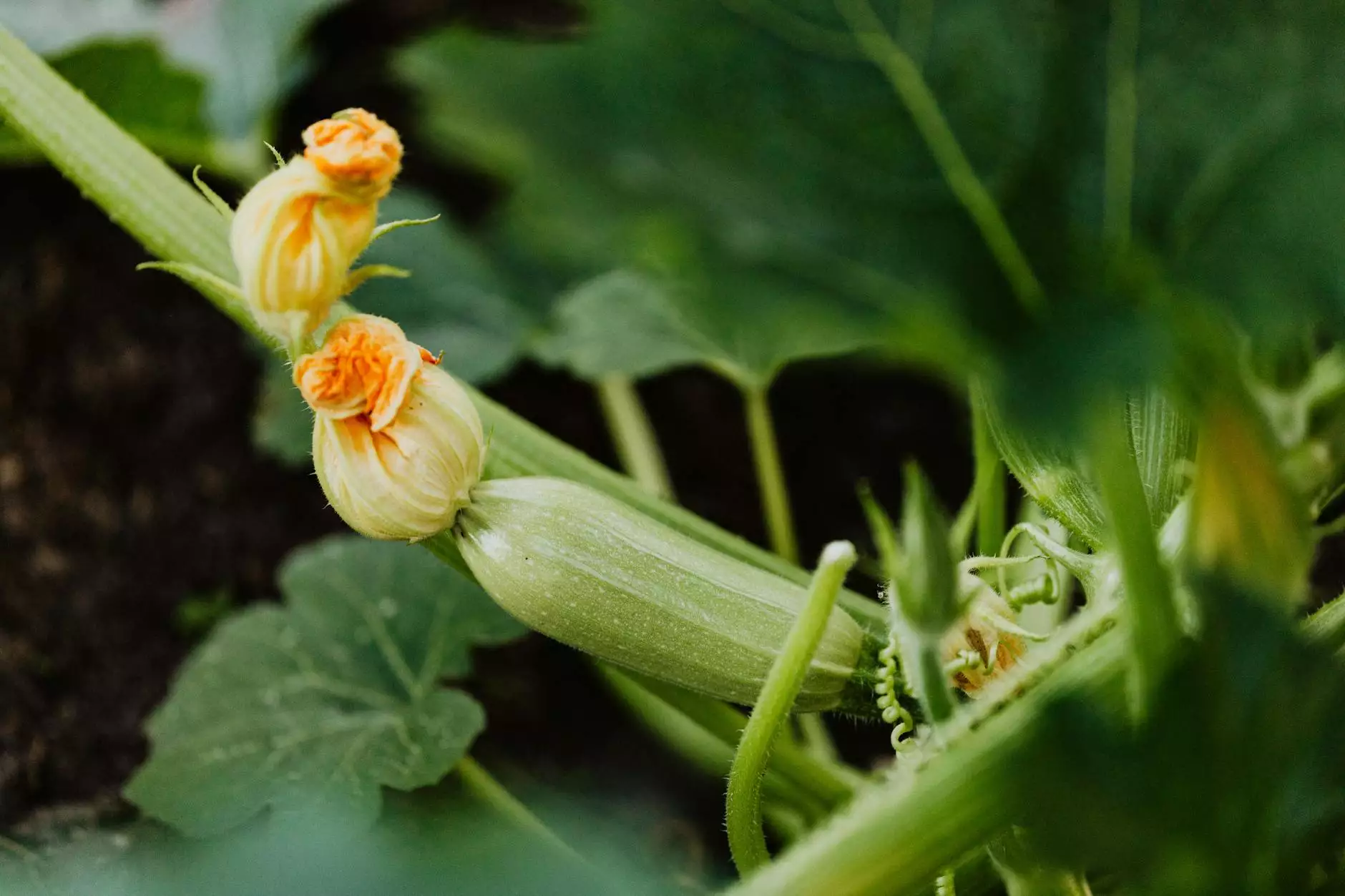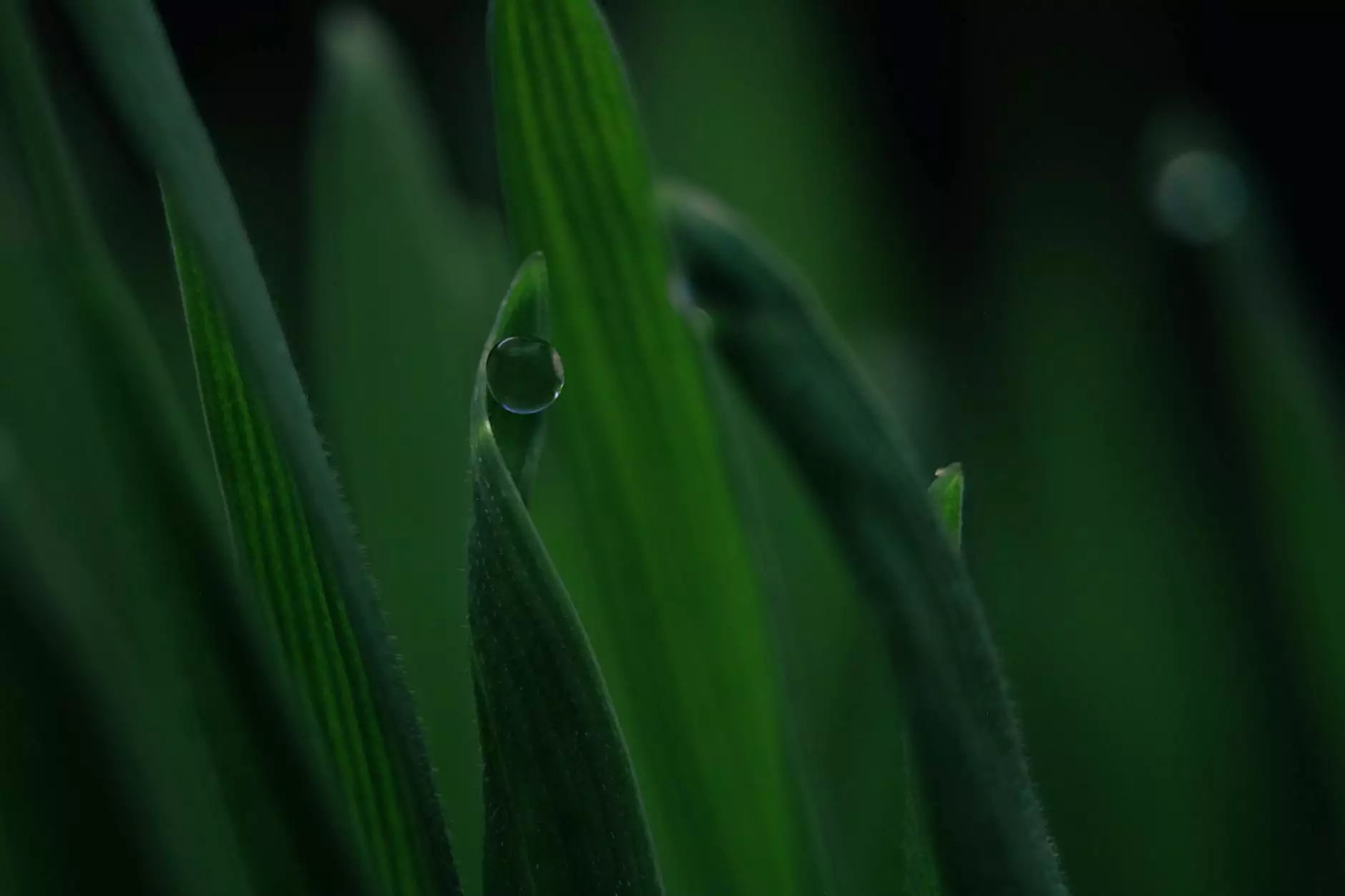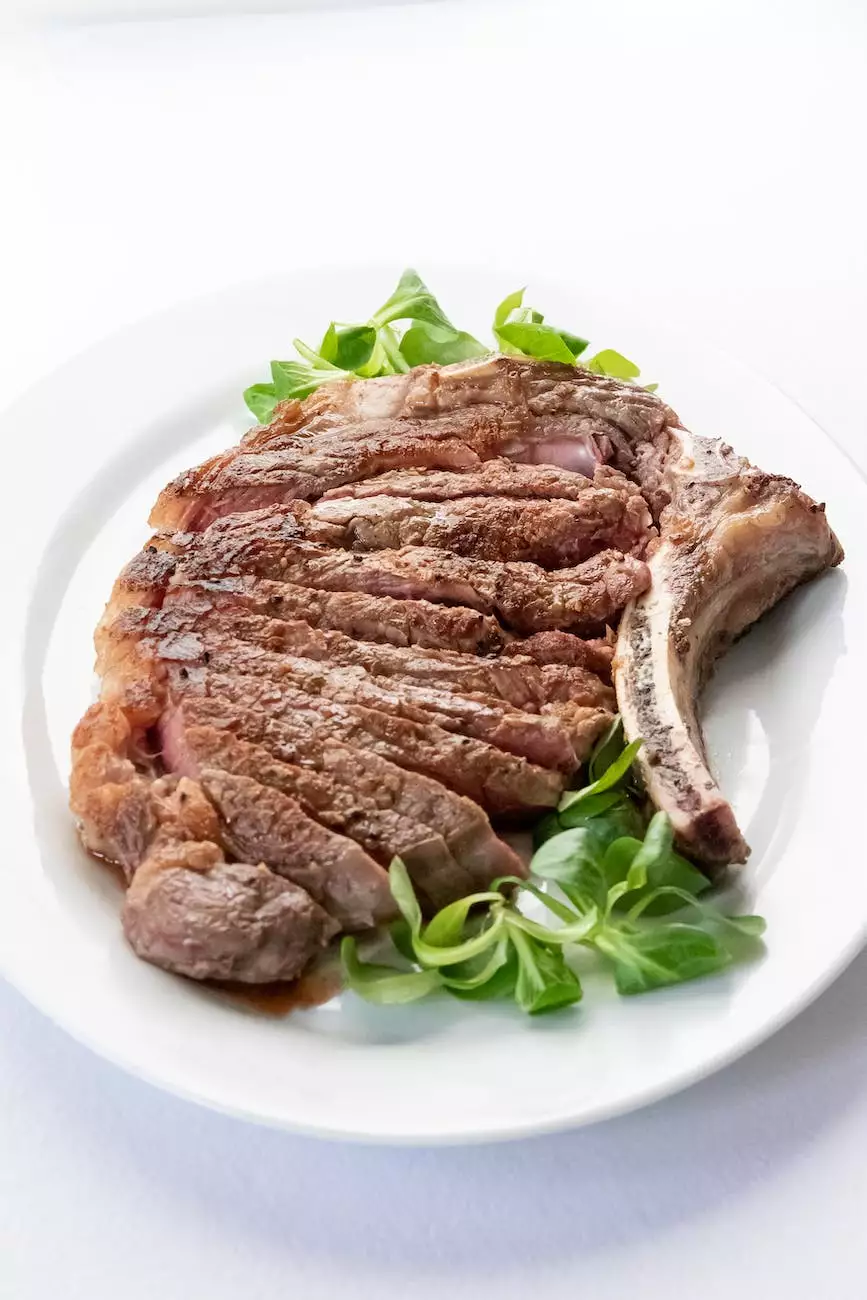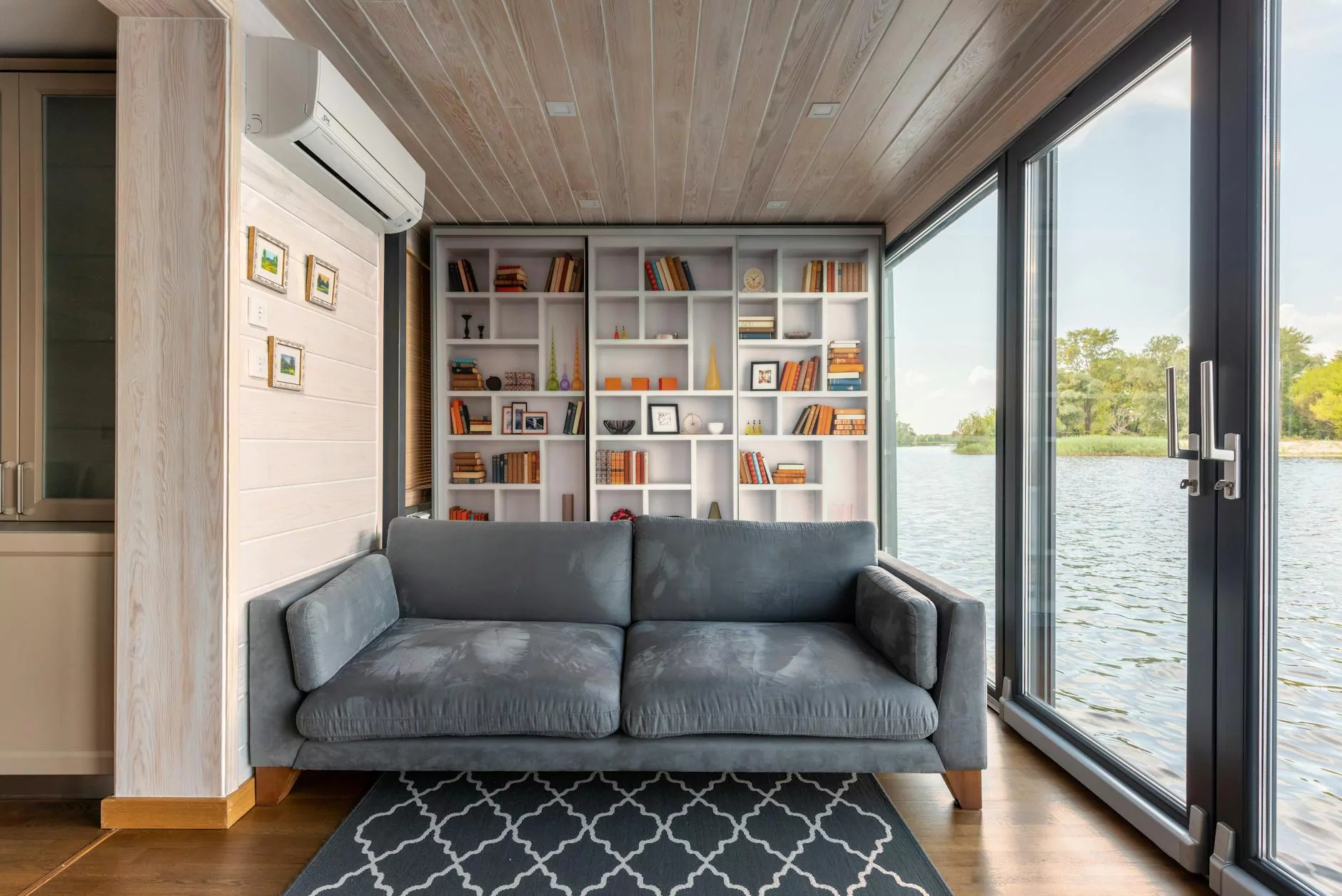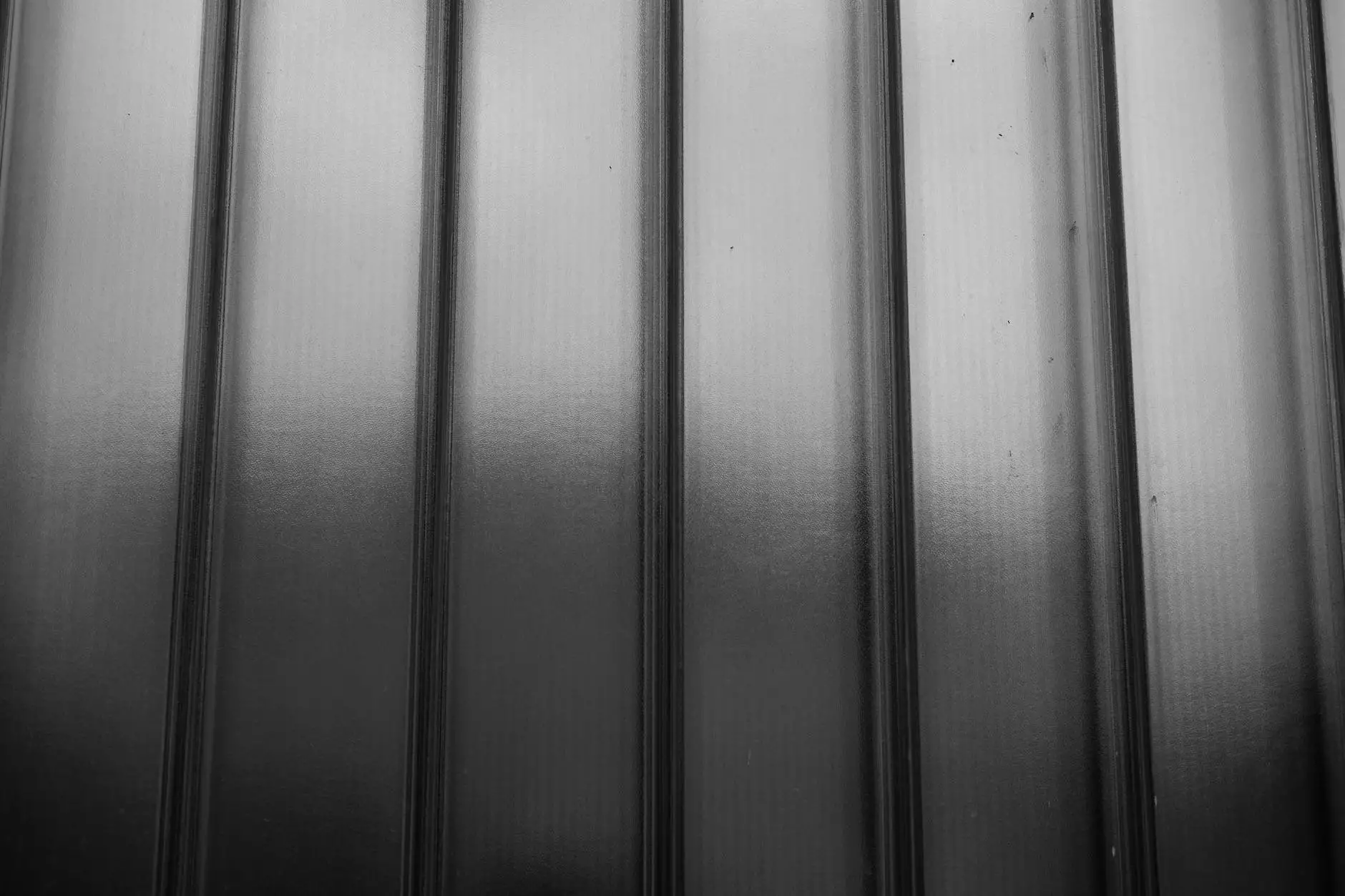Lighting Guide for Living Walls
Articles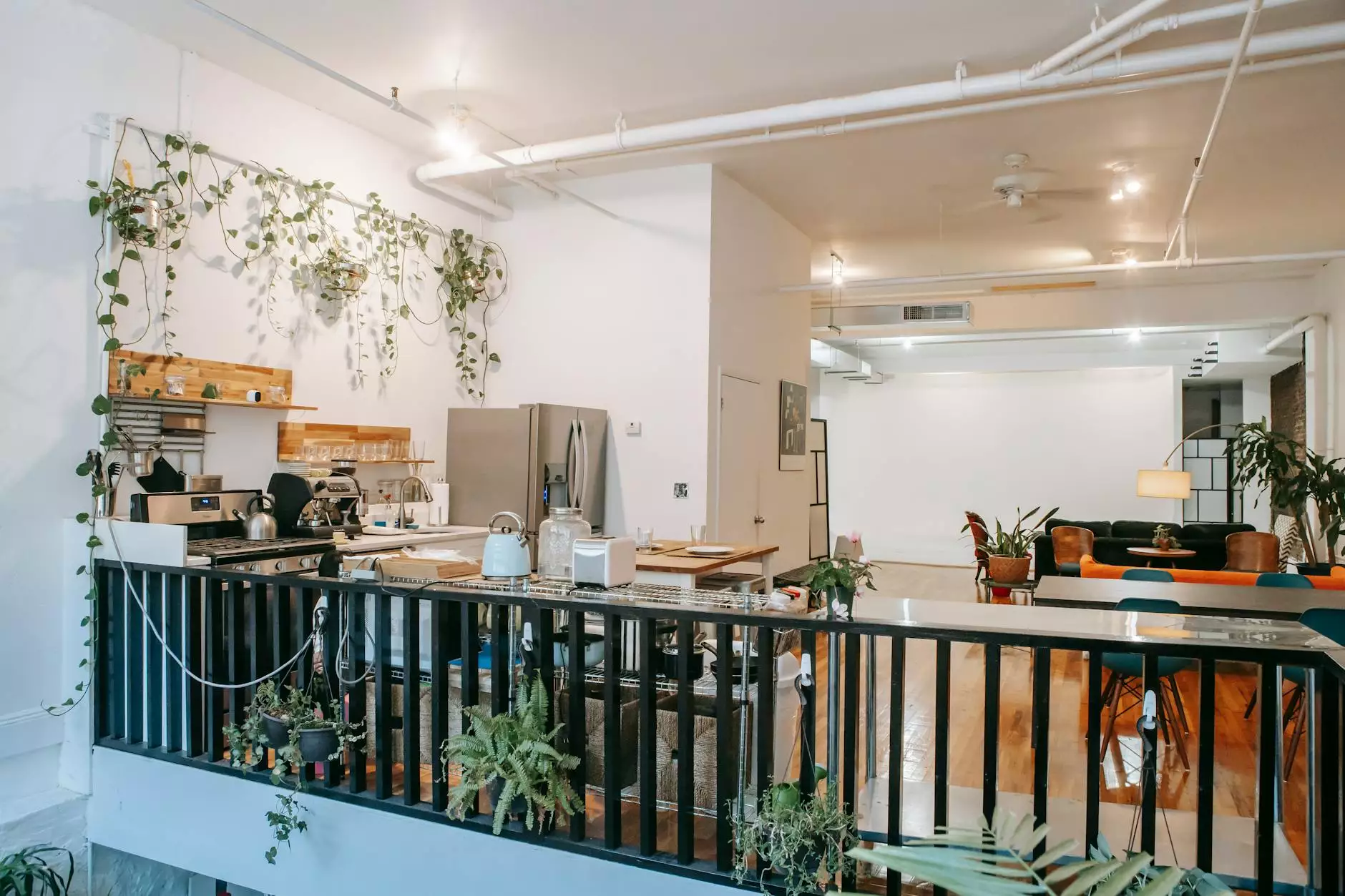
Welcome to Big Grill Shop's ultimate lighting guide for living walls. In this comprehensive guide, we will provide you with expert advice and recommendations on the best lighting options to enhance the beauty and health of your living walls.
Why Lighting Matters for Living Walls
Living walls, also known as vertical gardens, are a stunning way to bring nature indoors and create a visually appealing and calming atmosphere. However, proper lighting plays a crucial role in maintaining the health and vitality of the plants in your living wall.
When it comes to lighting for living walls, it's important to consider factors such as the intensity, duration, and spectrum of light. By providing the right lighting conditions, you can ensure that your living wall thrives and remains a focal point of your space.
Types of Lighting for Living Walls
There are different types of lighting options available for living walls, each with its own advantages and considerations.
1. Natural Light
Natural light is the most ideal lighting source for living walls as it provides a full spectrum of light necessary for optimal plant growth. If your living wall is placed near a window or receives ample sunlight throughout the day, you may not need additional lighting. However, it's important to monitor the exposure and move plants if they are getting too much direct sunlight, which could result in leaf burn.
2. LED Grow Lights
LED grow lights are a popular choice among indoor gardeners and living wall enthusiasts due to their efficiency, longevity, and the ability to customize the light spectrum. LED lights provide the necessary wavelengths for photosynthesis, promoting healthy growth in your plants. They also produce less heat, making them safe for use in close proximity to your living wall.
When selecting LED grow lights, consider the wattage, light spectrum, and coverage area. Different plants have varying light requirements, so choose lights that cater to the specific needs of your living wall species.
3. Fluorescent Lights
Fluorescent lights, such as compact fluorescent bulbs (CFLs) and T5HO fluorescent fixtures, are another popular lighting choice for living walls. They are energy-efficient, emit low heat, and provide a well-balanced light spectrum for plant growth.
CFLs are relatively inexpensive and can easily fit into standard light fixtures. T5HO fluorescent fixtures, on the other hand, offer higher light output and are ideal for larger living walls or commercial applications.
4. High-Intensity Discharge (HID) Lights
HID lights, including metal halide (MH) and high-pressure sodium (HPS) bulbs, are powerful lighting options that provide intense and focused light for larger living walls. MH bulbs emit a bluish light spectrum, which promotes vegetative growth, while HPS bulbs emit a reddish light spectrum that encourages flowering and fruiting.
However, HID lights tend to generate more heat and consume more energy compared to other options. Proper ventilation and cooling systems may be required to maintain the optimal temperature around your living wall.
Factors to Consider When Choosing Lighting
When selecting the lighting for your living wall, keep the following factors in mind:
1. Plant Species
Different plant species have varying light requirements. Research and understand the specific lighting needs of your chosen plants to ensure they receive the right intensity and duration of light for healthy growth.
2. Light Duration
Most plants require an average of 12 to 16 hours of light per day for optimum photosynthesis. Consider using timers to maintain consistent lighting schedules and avoid overexposure or underexposure.
3. Light Intensity
Light intensity refers to the brightness of the light reaching your plants. Some plants thrive in higher light intensities, while others prefer lower levels. Be mindful of the distance between your light source and the living wall to ensure the right balance.
4. Energy Efficiency
Choosing energy-efficient lighting options not only helps reduce your environmental footprint but also lowers your energy costs in the long run. LED grow lights and fluorescent lights are known for their energy-saving capabilities.
Tips for Optimal Lighting Setup
To create the best lighting setup for your living wall, consider the following tips:
1. Positioning
Place your living wall in a well-lit area, away from sources of extreme heat or cold. Ensure that the light source reaches all parts of the living wall evenly to encourage uniform growth.
2. Light Distance
Keep an appropriate distance between the light source and your plants. Avoid positioning the lights too close, as it can cause leaf burn, or too far, resulting in insufficient light intensity.
3. Regular Monitoring
Monitor your plants regularly to ensure they are thriving under the provided lighting conditions. Look out for signs of light deficiency or excess, such as stunted growth or discoloration, and make necessary adjustments.
4. Light Maintenance
Keep your lighting fixtures clean and free from dust or debris to maintain their efficiency. Replace bulbs as needed, following the manufacturer's recommendations for optimal performance.
Conclusion
In conclusion, lighting plays a vital role in the health and growth of your living wall. Whether you opt for natural light, LED grow lights, fluorescent lights, or HID lights, it's crucial to understand the lighting requirements of your chosen plants and create an optimal setup.
At Big Grill Shop, we offer a wide range of high-quality lighting options for your living walls, ensuring the perfect blend of aesthetics and functionality. Explore our selection now and transform your living wall into a vibrant oasis.


